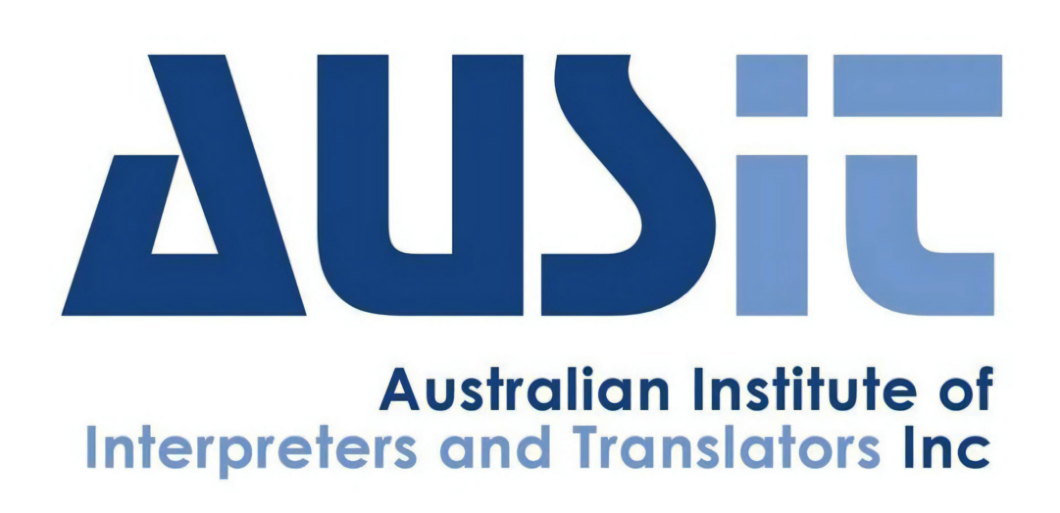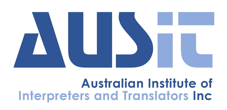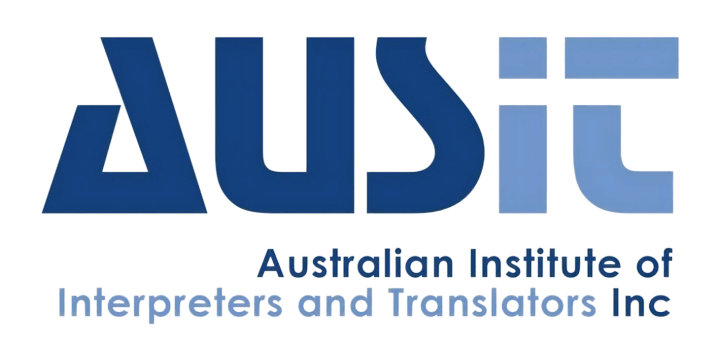
For Members of the Public, Professionals and Organisations working with Interpreters and/or Translators
General Guidelines and Recommendations
FAQs
Risks of Not Working with Qualified Practitioners
Guidelines and Resources for Legal Settings
Guidelines for Health Care Settings
Guidelines for Community Translations
Guidelines for Cultural Institutions using Translations
The AUSIT Code of Ethics
Videos & Podcasts
Thinking of Studying translation and/or interpreting?
Advertise with AUSIT
For Students, Educators & Researchers
Thinking of studying translation and/or interpreting?
Why become a Student Member of AUSIT?
AUSIT Language Divisions
AUSIT Engage (community engagement hub)
AUSIT Mentoring Program
AUSIT Student Excellence Awards (annual)
AUSIT Student Translation Competition (annual)
Resources and Grants for Researchers
AUSIT’s Educational Affiliates
Videos & Podcasts
For Practitioners
The Benefits of being a Member of AUSIT
Join AUSIT: Application Form
AUSIT Engage (community engagement hub)
Guidelines and Resources for Practitioners
The AUSIT Code of Ethics
Professional Development
AUSIT Mentoring Program
Webinars
Free NAATI-Sponsored Webinars (conditions apply)
AUSIT Events
In Touch magazine
AUSIT Language Divisions
Blogs (including past President’s Newsletters)
Videos & Podcasts
AUSIT Awards and Fellowships
The Sydney Declaration (AUSIT National Conference Statement 2023)
Interpreter Feedback Form and Reports: experiences in courts and tribunals




